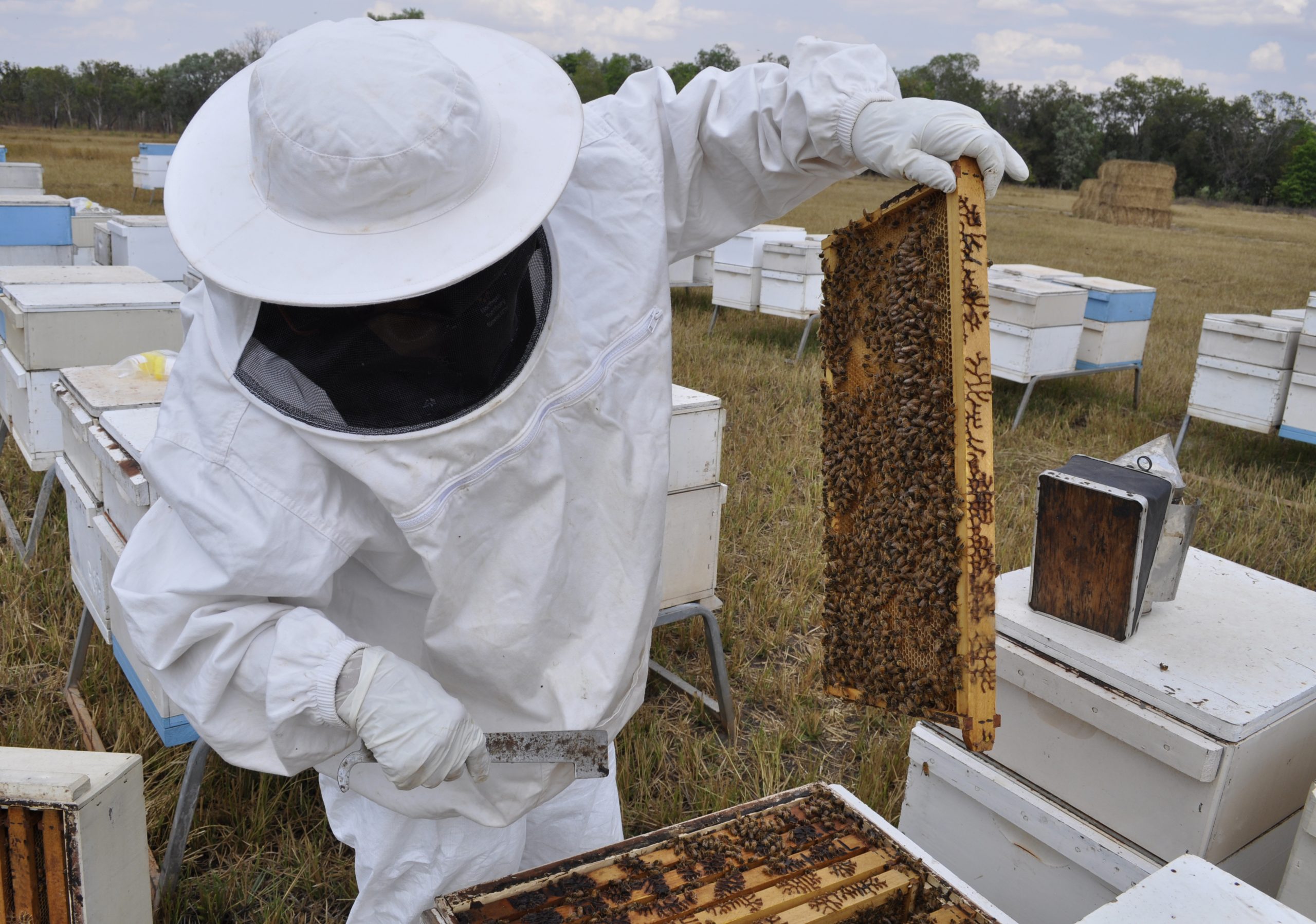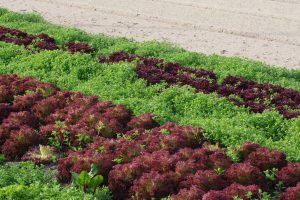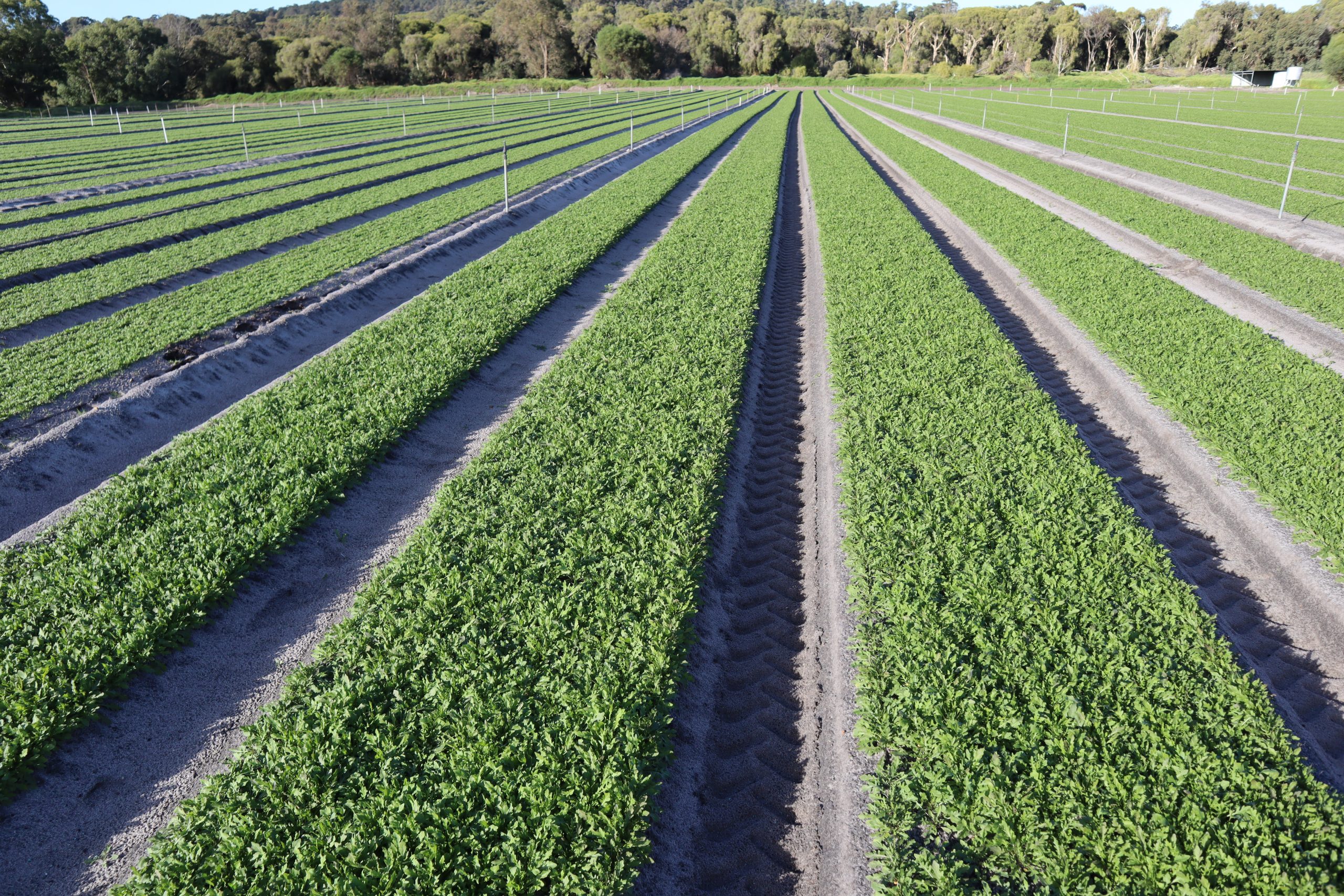
Understanding and managing the role of honey bees in CGMMV epidemiology
13 May 2022Soilborne diseases in onions
16 May 2022In this article, the team from the recently completed project A strategic approach to weed management for the Australian vegetable industry (VG15070) report on a series of written and video materials that were produced for Australia’s vegetable industry. Together, these materials constitute the industry’s first comprehensive resource on sustainable Integrated Weed Management (IWM).
Weeds are a significant ongoing burden in vegetable production. They have considerable impacts on crop profitability by reducing crop yield and quality, increasing input, machinery and labour costs, and making crop management more difficult.
Between 2016 and 2021, a team from the University of New England (UNE) conducted a comprehensive Hort Innovation-funded project entitled A strategic approach to weed management for the Australian vegetable industry to explore and extend best-practice Integrated Weed Management (IWM) principles to Australia’s vegetable industry.
The impact of weeds and importance of IWM
In consultation with vegetable growers, the research team found that, on average, weeds reduced the operating profit of a sample of vegetable farms by $2,090 per hectare. The economic benefits of getting on top of the weed problem and keeping weed populations to a manageable level are therefore likely to be significant.
To help provide vegetable growers with access to current best-practice information on how to reduce the burden of weeds on their farms, the UNE team prepared a series of written materials as well as video case studies on the effective use of IWM principles in different contexts.
UNE project leader, Associate Professor Paul Kristiansen, explained there is no single approach to successful IWM.
“The mix of techniques used in a grower’s IWM strategy will depend on their crops, their climate and soil, and the weeds having the biggest impact on their production system,” Paul said.

Cultivation within the wheel tracks and crop beds helps growers to manage younger weeds without significant crop damage –
but this technique is not suited to all vegetable crops.
Resources available
The Integrated weed management for the Australian vegetable industry resources produced by the UNE team summarise four years of field and glasshouse research, as well as information collected from other cropping industries and around the world.
This is the first time that Australian vegetable growers have had access to comprehensive and targeted resources on IWM, bringing the industry into line with Australian grains and cotton production.
These resources focus on sustainable approaches that can support application of herbicides but also potentially reduce vegetable grower reliance on chemical weed management. This is important given the growing problem of herbicide resistance, and the limited number of herbicides registered for Australian vegetable crops.
The materials are now freely available via the web pages of AUSVEG, Hort Innovation and UNE. These include:
- A three-part comprehensive IWM manual. The first two sections describe the impact of weeds on vegetable farms, and the principles of IWM. Part three discusses suitable techniques for inclusion in a grower’s IWM strategy, including chemical, mechanical, physical and cultural approaches, each of which are outlined in detail.
- Summary versions of ‘The principles of integrated weed management’ in Simplified Chinese, Khmer, and Vietnamese (read more below).
- Two detailed case studies – accompanied by short videos – to explain different approaches to successful implementation of IWM to reduce the weed burden and improve farm profitability in a sustainable manner.
- Detailed guides on management of 11 specific weed species of importance to Australian vegetable production.
- Short videos outlining field trials of different winter and summer cover crop varieties to determine their performance in suppressing weed growth.
IWM principles delivered to growers from diverse backgrounds
Industry consultation during this project found that Australia’s vegetable industry is comprised of significant communities of growers from Chinese, Cambodian and Vietnamese background.
These growers make a significant contribution to the industry, particularly in the production of specialty Asian vegetable varieties for local consumption and export.
Therefore, a significant project outcome was to translate the ‘principles of IWM’ into Simplified Chinese, Khmer and Vietnamese to ensure that a wider selection of Australian growers had access to this information.
This document defines IWM, its advantages and challenges, and explains why it is important in reducing the soil weed seed bank.
Different goals are outlined for differing levels of weed infestation, and the various methods that may be selected by vegetable growers as part of their IWM strategy are summarised.
Finally, the document describes suitable timing of IWM activities to maximise the chance of success and outlines some emergent technologies, particularly in the area of automation and treatment of the weed seed bank beneath the soil surface.
The bottom line
Most vegetable growers already use some form of IWM approach in their crops – many with considerable success, as the case studies published by the UNE team illustrate.
However, it is hoped that publication of the Integrated weed management for the Australian vegetable industry materials will give all growers access to a comprehensive and useful resources as they continue to search for ways to make further improvement in addressing the burden of weeds.
Carl Larsen from RM Consulting Group has a wealth of experience in industry development and practice change in Australia’s vegetable industry. He outlined the benefits of IWM for vegetable growers.
“IWM reduces the weed seed bank to ensure that the weed burden is minimised,” Carl explained.
“Combining multiple weed control options is vital for getting on top of weed problems in vegetable production. This means healthier crops and better returns in the long-term.”
Priority weeds of Australian vegetable production

Chickweed (Stellaria media) is one of many broadleaf weeds that can establish quickly in the frequently disturbed, well fertilised soils that characterise vegetable production.
Problematic weeds of Australian vegetable production tend to be heavy-seeding annual broadleaf species or sedges, both of which can be difficult to control using widely favoured approaches such as selective herbicide application in vegetable crops.
Following consultation with industry to identify the most important weed species across Australia, the UNE team prepared detailed management guides on 11 priority weed species. Each explains in detail identification, characteristics, distribution, impacts and management of the species, including certain techniques that may be particularly appropriate to the species.
Management guides have been published for the following weed species:
- Amaranth (Amaranthus spp.)
- Blackberry nightshade (Solanum nigrum)
- Chickweed (Stellaria media)
- Common sowthistle (Sonchus oleraceus)
- Dwarf nettle (Urtica urens)
- Fat hen (Chenopodium album)
- Marshmallow (Malva parviflora)
- Nutgrass (Cyperus rotundus)
- Pigweed (Portulaca oleracea)
- Potato weed (Galinsoga parviflora)
- Wild radish (Raphanus raphanistrum)
Find out more
The Integrated weed management for the Australian vegetable industry resources are available for free download from the AUSVEG website.
Readers can also watch short videos describing examples of successful IWM and outlining the role of cover cropping in IWM. The resources and videos can be found on the AUSVEG website under the ‘Integrated Weed Management’ tab.
For further details, please contact Michael Coleman by emailing michael.coleman@une.edu.au or Paul Kristiansen at paul.kristiansen@une.edu.au.
A strategic approach to weed management for the Australian vegetable industry was a strategic levy investment under the Hort Innovation Vegetable Fund.
This project has been funded by Hort Innovation using the vegetable research and development levy and contributions from the Australian Government.
Project Number: VG15070
Cover image: Diligent application of Integrated Weed Management principles can reduce the burden of weeds to a minimum on vegetable farms. Images courtesy of the University of New England.

